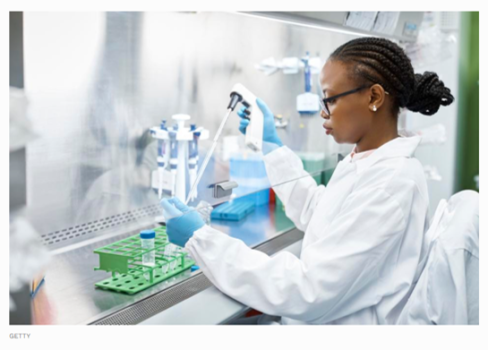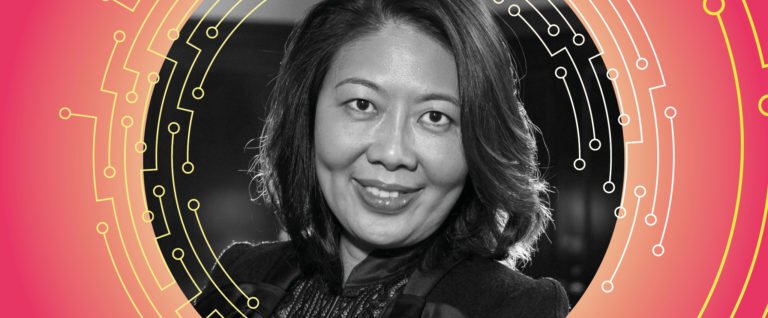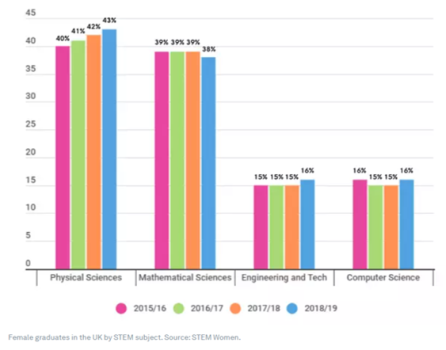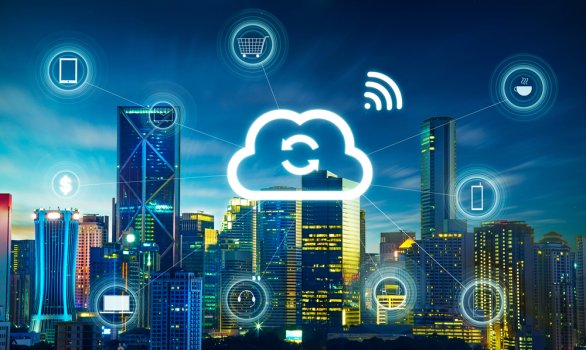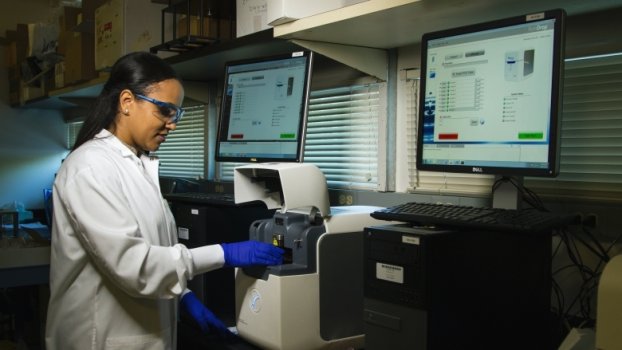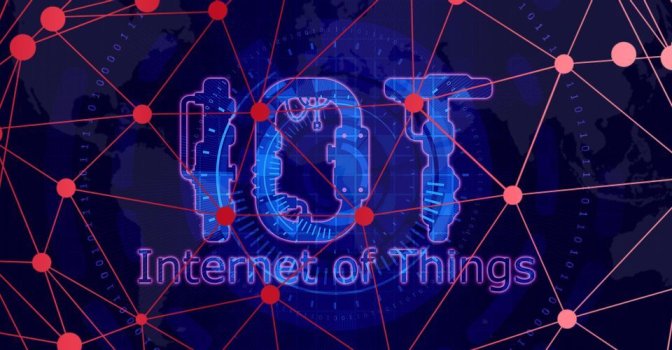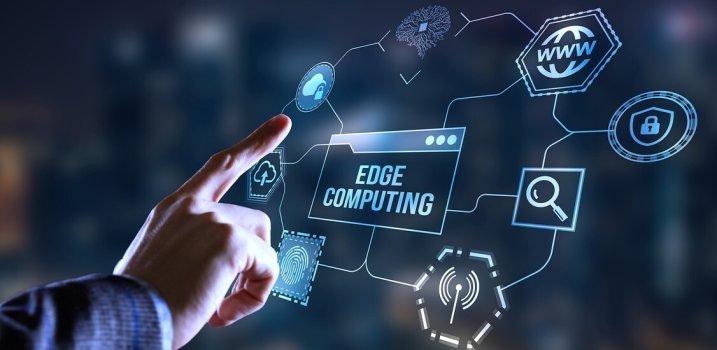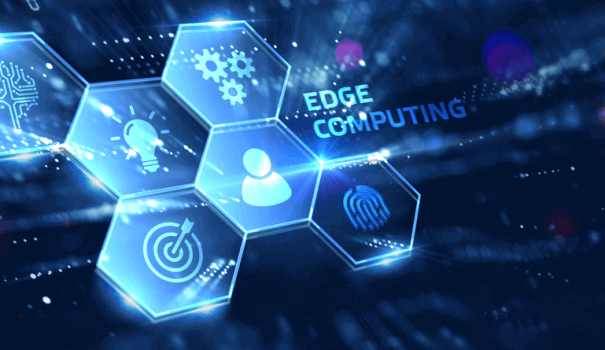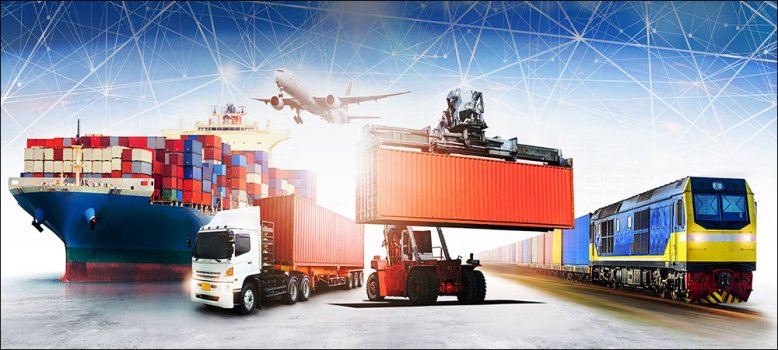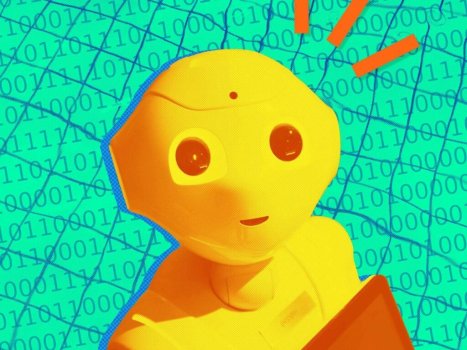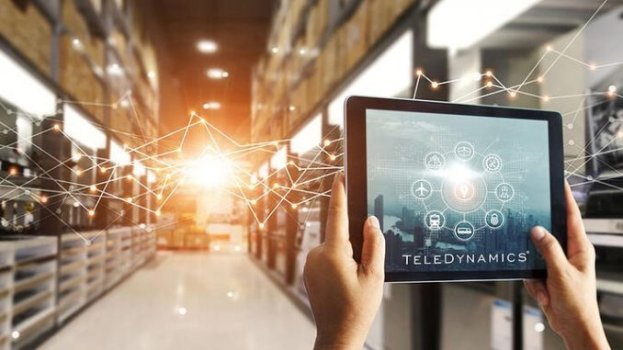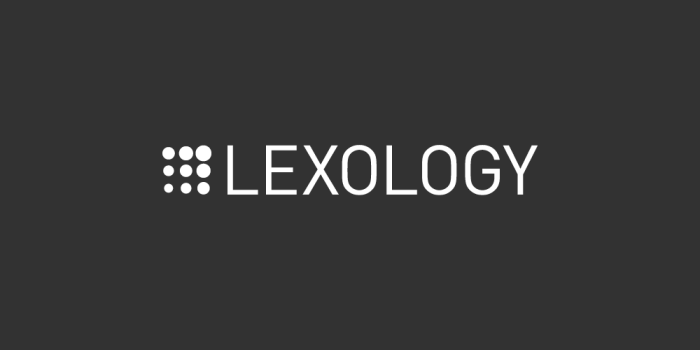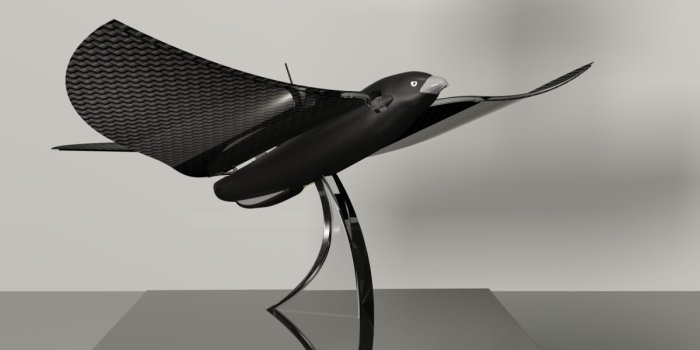Why Edge Computing Will Overtake the Cloud
- Technology Solutions
- 0 Replies
Compared to the previous generation, today’s generation of startups are increasingly cloud-centric. The previous generation of dotcoms had to suffer the economics and complexities of deploying, managing, and scaling their own servers, networks, and data centers.
In contrast, today’s generation grew up in the just-in-time, pay-for-what-you-need, and scale-up-on-demand world that is cloud native.
Edge Benefits Beat Out the Cloud
But over the last two years, businesses have largely opted for edge-enabled, serverless infrastructures. This means there are no servers to manage; no locations to spin up; and most importantly, no cloud computing contracts to analyze.
With edge-enabled, serverless infrastructures, businesses can benefit from faster and more stable API performance and a decreased need in infrastructure support and annual spend.
As a software practitioner for more than two decades, I have been through more “paradigm shifts” in computing than I can count. But I can confidently say this: The future of computing for an entire generation of companies will be “edge-native,” and the traditional cloud is the platform that will lose.
What is Edge Computing?
One of the main problems with paradigm shifts is that there are so many new technologies that emerge in the early stages. The same has been true for edge computing, with numerous companies offering “edge-compute” solutions that run on new infrastructures, telecommunications providers, and even cloud-computing companies.
When we talk about edge computing companies, we’re describing the ability to run code at the network edge—specifically the content delivery network (CDN) providers.
CDNs have been around since the beginning of the Internet. The major players (Akamai, Limelight, Cloudflare, Verizon Edgecast, and Fastly) have been helping customers ensure content is delivered quickly to customers by ensuring a large distributed global cache of servers.
In the old model, these providers simply stored data for companies, ensuring that as customers visited websites or downloaded software, the response times were fast because the server itself had the content as close to the customer as possible.
Continue reading: https://www.eweek.com/cloud/why-edge-computing-will-overtake-the-cloud/
In contrast, today’s generation grew up in the just-in-time, pay-for-what-you-need, and scale-up-on-demand world that is cloud native.
Edge Benefits Beat Out the Cloud
But over the last two years, businesses have largely opted for edge-enabled, serverless infrastructures. This means there are no servers to manage; no locations to spin up; and most importantly, no cloud computing contracts to analyze.
With edge-enabled, serverless infrastructures, businesses can benefit from faster and more stable API performance and a decreased need in infrastructure support and annual spend.
As a software practitioner for more than two decades, I have been through more “paradigm shifts” in computing than I can count. But I can confidently say this: The future of computing for an entire generation of companies will be “edge-native,” and the traditional cloud is the platform that will lose.
What is Edge Computing?
One of the main problems with paradigm shifts is that there are so many new technologies that emerge in the early stages. The same has been true for edge computing, with numerous companies offering “edge-compute” solutions that run on new infrastructures, telecommunications providers, and even cloud-computing companies.
When we talk about edge computing companies, we’re describing the ability to run code at the network edge—specifically the content delivery network (CDN) providers.
CDNs have been around since the beginning of the Internet. The major players (Akamai, Limelight, Cloudflare, Verizon Edgecast, and Fastly) have been helping customers ensure content is delivered quickly to customers by ensuring a large distributed global cache of servers.
In the old model, these providers simply stored data for companies, ensuring that as customers visited websites or downloaded software, the response times were fast because the server itself had the content as close to the customer as possible.
Continue reading: https://www.eweek.com/cloud/why-edge-computing-will-overtake-the-cloud/


